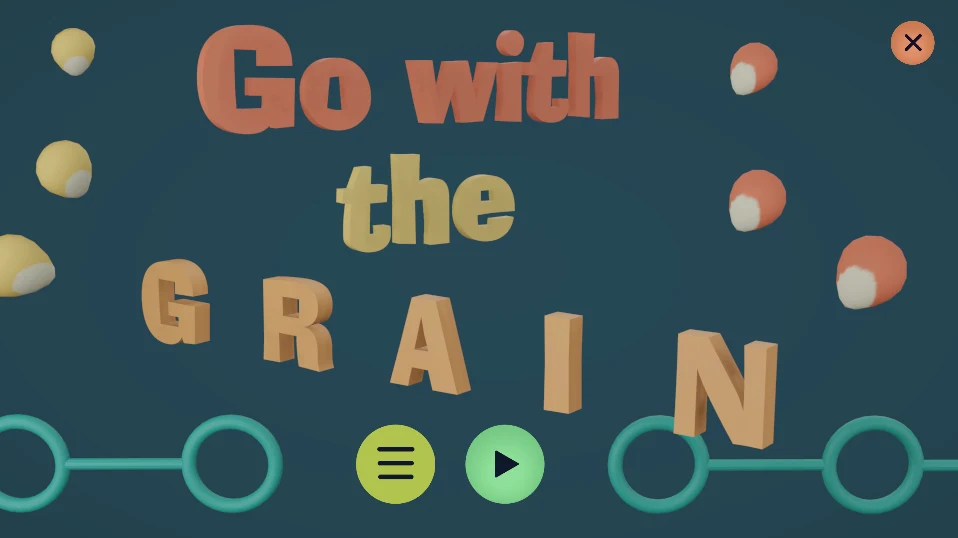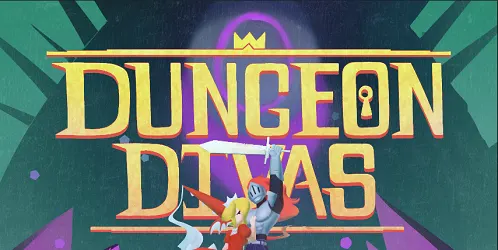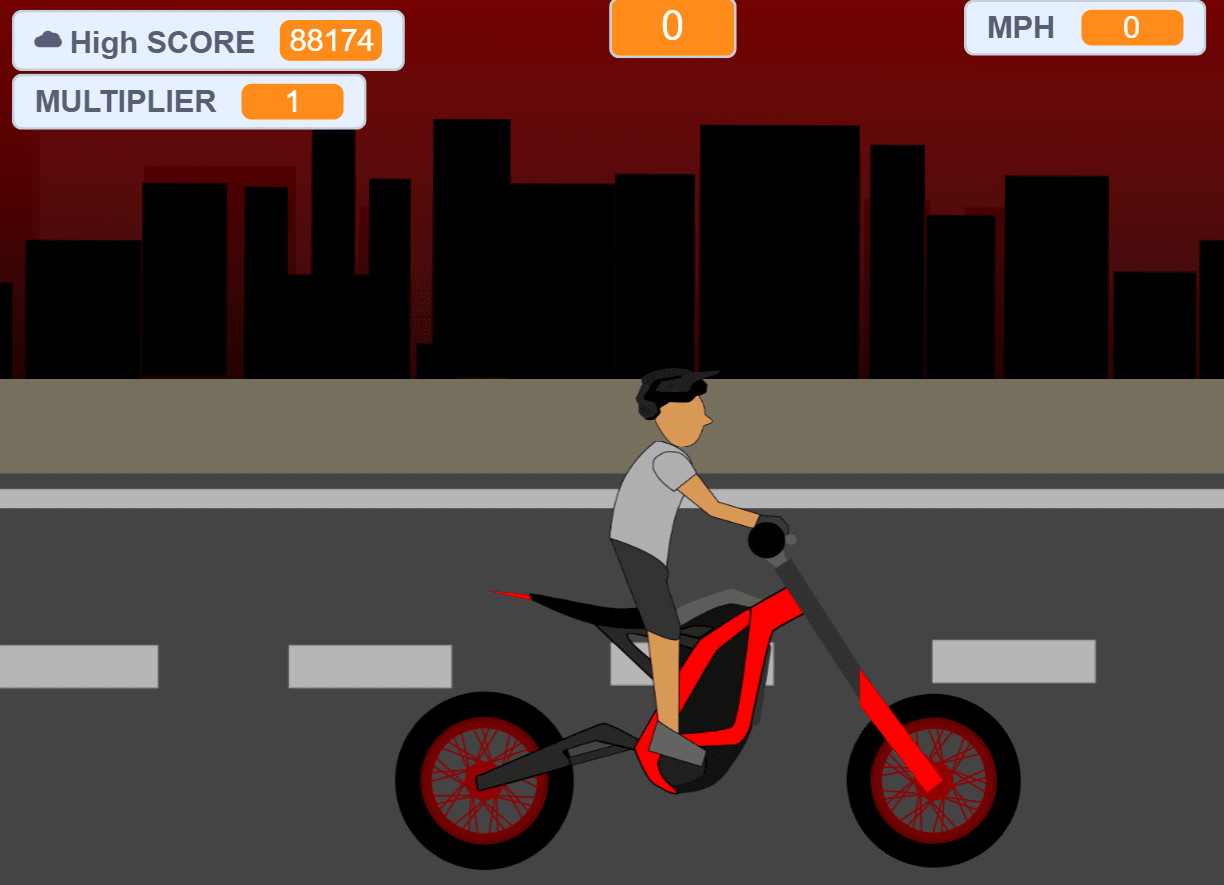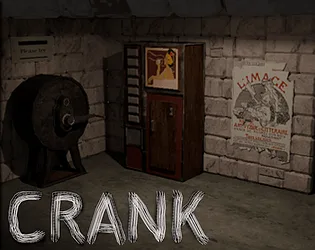
Rope Rescue
Guide stranded tourists to safety by strategically placing ropes and avoiding deadly obstacles in this physics-based puzzle game
Rope Rescue - Physics Puzzle Game
Rope Rescue places you in the role of an emergency responder tasked with saving stranded tourists from a mountain plateau after a catastrophic avalanche. Using physics-based rope mechanics, you must carefully position anchors and guide each person safely to the ground while navigating deadly obstacles like spinning saws and crushing blocks. Every level demands precise planning and flawless execution—one mistake means casualties.
The game combines intuitive mouse controls with challenging physics puzzles that grow increasingly complex. Rope Rescue rewards strategic thinking over quick reflexes, requiring you to visualize rope trajectories, calculate safe paths, and anticipate how obstacles interact with descending tourists before making your first move.
What is Rope Rescue?
Rope Rescue casts you as the sole hope for tourists trapped on a dangerous mountain plateau. After an avalanche blocks traditional escape routes, you must create safe descent paths using strategically placed ropes. Each level presents a unique rescue scenario where environmental hazards threaten anyone attempting to climb down.

The physics simulation governs how ropes behave and how tourists slide down them. Gravity, rope tension, and obstacle placement all influence whether your rescue attempt succeeds or ends in disaster. Rope Rescue doesn't offer second chances—all tourists must reach safety for level completion.
Your role involves more than simply connecting points. You must analyze obstacle patterns, identify safe zones, and create rope configurations that account for realistic physics. Spinning saws patrol certain areas, blocks obstruct direct paths, and other hazards force creative routing solutions.
Controls and Mechanics
Rope Rescue uses simple mouse controls that make complex physics accessible. Hold the left mouse button and click the yellow pin located near the stranded tourists at the top of the level. This establishes your rope's starting anchor point.
While holding the mouse button, drag downward to extend the rope toward lower anchor points. Look for yellow stakes at ground level or intermediate platforms where you can secure the rope. Release the mouse button when positioned over a stake to attach the rope and create a descent path.
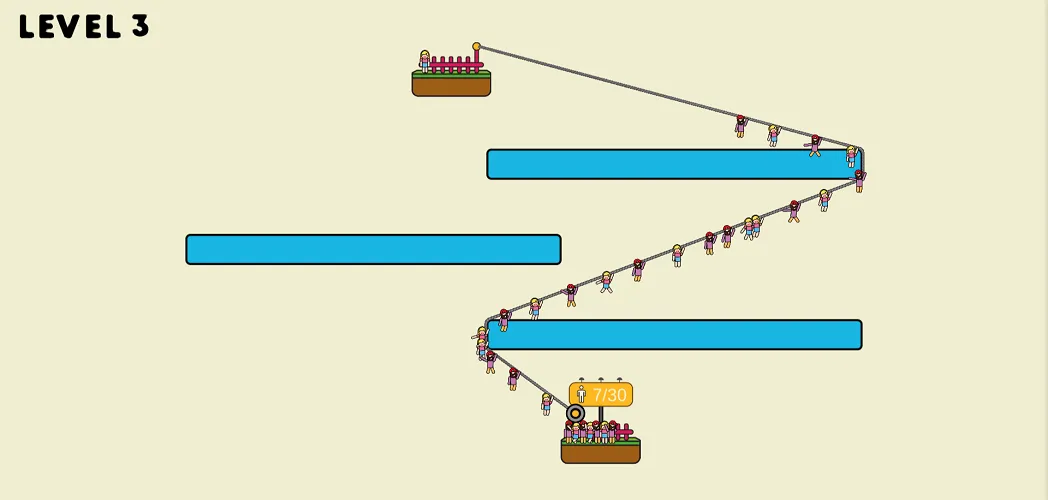
The drag-and-drop system allows precise rope positioning. You can adjust angles, test different anchor combinations, and preview paths before committing. Rope Rescue's physics engine immediately shows how the rope will hang, helping you identify potential problems before tourists start descending.
Tourists automatically begin sliding down once you establish a rope path. You cannot control their speed or movement—the physics simulation handles descent automatically. This means your initial rope placement determines success or failure.
Beginning Rescue Operations
Early levels in Rope Rescue introduce fundamental concepts through straightforward scenarios. You'll learn how rope physics work, how to identify safe anchor points, and what happens when tourists contact obstacles.
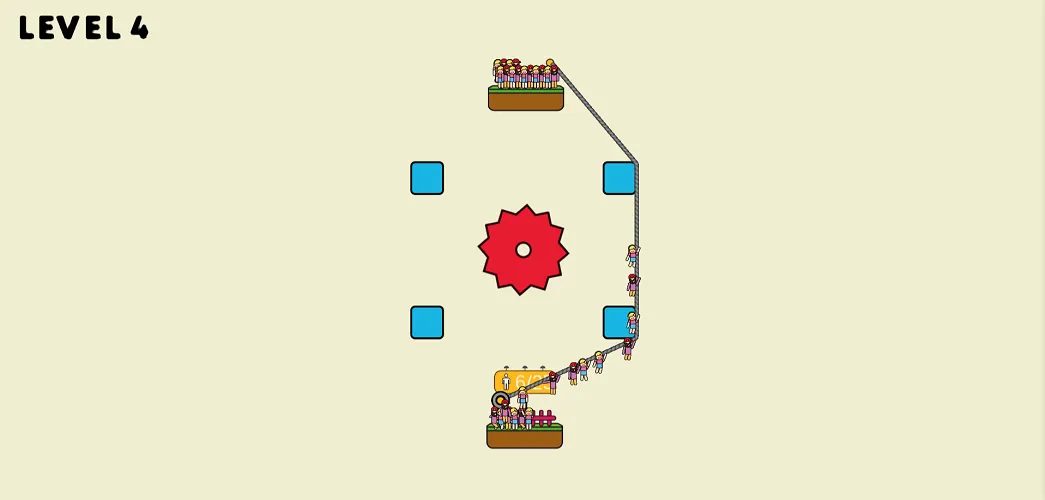
Initial challenges feature minimal obstacles and obvious anchor positions. These tutorial-like levels establish the core loop: analyze the environment, place your rope, watch tourists descend, achieve success. Rope Rescue builds confidence through these early wins while teaching essential physics principles.
Pay attention to how ropes sag under weight and how descent speed varies based on rope angle. Steeper ropes cause faster slides, while gentler angles slow tourists down. Understanding these physics fundamentals becomes crucial for later complexity.
Navigating Hazardous Obstacles
Mid-game levels introduce deadly obstacles that transform simple rope placement into complex puzzles. Spinning saws patrol fixed paths, blocks create narrow passages, and multiple hazards combine to restrict safe routing options.
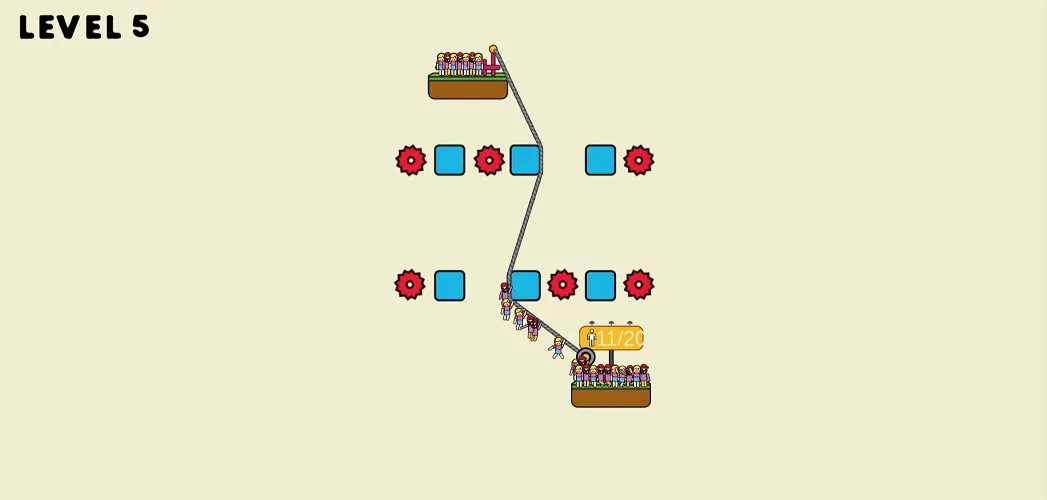
Rope Rescue demands precise timing awareness even though you don't directly control tourist movement. You must visualize when tourists will pass through dangerous zones and ensure your rope path keeps them clear of threats. Saw blade rotation patterns, block positions, and rope swing physics all factor into successful solutions.
Some levels require multi-segment rope paths using intermediate anchor points. Instead of one long rope from top to bottom, you create a series of shorter ropes that guide tourists around obstacles. This technique becomes essential as complexity increases in Rope Rescue.
Mastering Advanced Rescues
Later stages combine multiple challenge types into intricate rescue scenarios requiring perfect rope configurations. These levels feature numerous obstacles, limited anchor points, and tight tolerances where even slight misplacement causes failure.
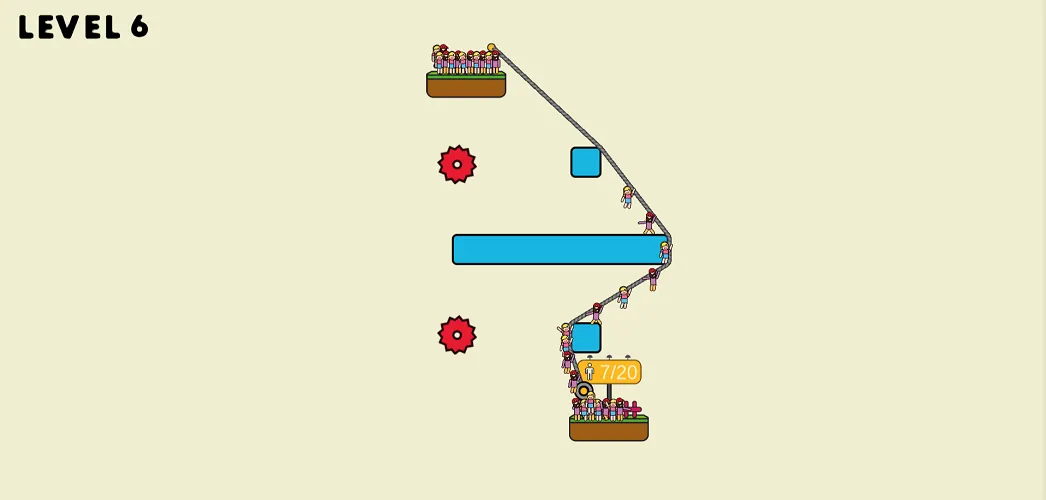
Advanced Rope Rescue levels hide elegant solutions behind intimidating layouts. The obvious rope path often leads tourists directly into danger, while success requires counterintuitive anchor choices that seem impossible until you understand the physics.
Rope swing physics becomes a tool rather than a complication. You learn to use rope momentum to carry tourists past obstacles, leveraging pendulum motion to create safe passage through seemingly blocked areas. These advanced techniques separate casual players from rescue masters.
Strategic Tips and Techniques
Before placing any rope in Rope Rescue, study the entire level. Identify all obstacles, note their movement patterns if animated, and locate every available anchor point. Successful rescues begin with complete environmental awareness.
Trace mental paths from tourists to safety. Visualize how ropes will hang between different anchor combinations. Rope Rescue rewards planning over trial-and-error—the correct solution often becomes obvious through careful observation before making your first placement.
Use intermediate anchors to create stepped descent paths. Multi-segment ropes offer greater control over tourist trajectories, allowing precise navigation around complex obstacle arrangements in Rope Rescue.
Pay attention to rope angles. Shallow angles slow descent and reduce swing, useful near obstacles requiring careful passage. Steeper angles create faster movement, helpful for crossing long distances quickly between hazard zones.
Watch for environmental clues. Anchor point positions aren't random—they're strategically placed to enable solutions. If an anchor seems oddly positioned in Rope Rescue, it's probably essential for the intended solution path.
Don't fear restarting levels. If your rope placement results in casualties, analyze what went wrong, adjust your strategy, and try again. Each failure teaches valuable lessons about physics and obstacle timing.
Practice predicting tourist slide speed based on rope configuration. Experienced Rope Rescue players develop intuition for descent timing, allowing them to anticipate when tourists will reach specific points along the rope.
Remember that all tourists must survive. A solution that saves most people but sacrifices one fails the level. Rope Rescue demands perfection—partial success isn't enough.
The physics simulation remains consistent across all levels. Once you understand how ropes behave, how tourists slide, and how obstacles interact, you can apply that knowledge universally. Rope Rescue rewards developing physics intuition that transfers between challenges.
Start with the most dangerous sections when planning. Identify the trickiest obstacle in each Rope Rescue level and design your rope path to handle that challenge first. If you can safely navigate the hardest part, solving the rest becomes straightforward.
Rope Rescue places you in the role of an emergency responder tasked with saving stranded tourists from a mountain plateau after a catastrophic avalanche. Using physics-based rope mechanics, you must carefully position anchors and guide each person safely to the ground while navigating deadly obstacles like spinning saws and crushing blocks. Every level demands precise planning and flawless execution—one mistake means casualties.
The game combines intuitive mouse controls with challenging physics puzzles that grow increasingly complex. Rope Rescue rewards strategic thinking over quick reflexes, requiring you to visualize rope trajectories, calculate safe paths, and anticipate how obstacles interact with descending tourists before making your first move.
What is Rope Rescue?
Rope Rescue casts you as the sole hope for tourists trapped on a dangerous mountain plateau. After an avalanche blocks traditional escape routes, you must create safe descent paths using strategically placed ropes. Each level presents a unique rescue scenario where environmental hazards threaten anyone attempting to climb down.

The physics simulation governs how ropes behave and how tourists slide down them. Gravity, rope tension, and obstacle placement all influence whether your rescue attempt succeeds or ends in disaster. Rope Rescue doesn't offer second chances—all tourists must reach safety for level completion.
Your role involves more than simply connecting points. You must analyze obstacle patterns, identify safe zones, and create rope configurations that account for realistic physics. Spinning saws patrol certain areas, blocks obstruct direct paths, and other hazards force creative routing solutions.
Controls and Mechanics
Rope Rescue uses simple mouse controls that make complex physics accessible. Hold the left mouse button and click the yellow pin located near the stranded tourists at the top of the level. This establishes your rope's starting anchor point.
While holding the mouse button, drag downward to extend the rope toward lower anchor points. Look for yellow stakes at ground level or intermediate platforms where you can secure the rope. Release the mouse button when positioned over a stake to attach the rope and create a descent path.

The drag-and-drop system allows precise rope positioning. You can adjust angles, test different anchor combinations, and preview paths before committing. Rope Rescue's physics engine immediately shows how the rope will hang, helping you identify potential problems before tourists start descending.
Tourists automatically begin sliding down once you establish a rope path. You cannot control their speed or movement—the physics simulation handles descent automatically. This means your initial rope placement determines success or failure.
Beginning Rescue Operations
Early levels in Rope Rescue introduce fundamental concepts through straightforward scenarios. You'll learn how rope physics work, how to identify safe anchor points, and what happens when tourists contact obstacles.

Initial challenges feature minimal obstacles and obvious anchor positions. These tutorial-like levels establish the core loop: analyze the environment, place your rope, watch tourists descend, achieve success. Rope Rescue builds confidence through these early wins while teaching essential physics principles.
Pay attention to how ropes sag under weight and how descent speed varies based on rope angle. Steeper ropes cause faster slides, while gentler angles slow tourists down. Understanding these physics fundamentals becomes crucial for later complexity.
Navigating Hazardous Obstacles
Mid-game levels introduce deadly obstacles that transform simple rope placement into complex puzzles. Spinning saws patrol fixed paths, blocks create narrow passages, and multiple hazards combine to restrict safe routing options.

Rope Rescue demands precise timing awareness even though you don't directly control tourist movement. You must visualize when tourists will pass through dangerous zones and ensure your rope path keeps them clear of threats. Saw blade rotation patterns, block positions, and rope swing physics all factor into successful solutions.
Some levels require multi-segment rope paths using intermediate anchor points. Instead of one long rope from top to bottom, you create a series of shorter ropes that guide tourists around obstacles. This technique becomes essential as complexity increases in Rope Rescue.
Mastering Advanced Rescues
Later stages combine multiple challenge types into intricate rescue scenarios requiring perfect rope configurations. These levels feature numerous obstacles, limited anchor points, and tight tolerances where even slight misplacement causes failure.

Advanced Rope Rescue levels hide elegant solutions behind intimidating layouts. The obvious rope path often leads tourists directly into danger, while success requires counterintuitive anchor choices that seem impossible until you understand the physics.
Rope swing physics becomes a tool rather than a complication. You learn to use rope momentum to carry tourists past obstacles, leveraging pendulum motion to create safe passage through seemingly blocked areas. These advanced techniques separate casual players from rescue masters.
Strategic Tips and Techniques
Before placing any rope in Rope Rescue, study the entire level. Identify all obstacles, note their movement patterns if animated, and locate every available anchor point. Successful rescues begin with complete environmental awareness.
Trace mental paths from tourists to safety. Visualize how ropes will hang between different anchor combinations. Rope Rescue rewards planning over trial-and-error—the correct solution often becomes obvious through careful observation before making your first placement.
Use intermediate anchors to create stepped descent paths. Multi-segment ropes offer greater control over tourist trajectories, allowing precise navigation around complex obstacle arrangements in Rope Rescue.
Pay attention to rope angles. Shallow angles slow descent and reduce swing, useful near obstacles requiring careful passage. Steeper angles create faster movement, helpful for crossing long distances quickly between hazard zones.
Watch for environmental clues. Anchor point positions aren't random—they're strategically placed to enable solutions. If an anchor seems oddly positioned in Rope Rescue, it's probably essential for the intended solution path.
Don't fear restarting levels. If your rope placement results in casualties, analyze what went wrong, adjust your strategy, and try again. Each failure teaches valuable lessons about physics and obstacle timing.
Practice predicting tourist slide speed based on rope configuration. Experienced Rope Rescue players develop intuition for descent timing, allowing them to anticipate when tourists will reach specific points along the rope.
Remember that all tourists must survive. A solution that saves most people but sacrifices one fails the level. Rope Rescue demands perfection—partial success isn't enough.
The physics simulation remains consistent across all levels. Once you understand how ropes behave, how tourists slide, and how obstacles interact, you can apply that knowledge universally. Rope Rescue rewards developing physics intuition that transfers between challenges.
Start with the most dangerous sections when planning. Identify the trickiest obstacle in each Rope Rescue level and design your rope path to handle that challenge first. If you can safely navigate the hardest part, solving the rest becomes straightforward.
Release date
Developer
Platform



